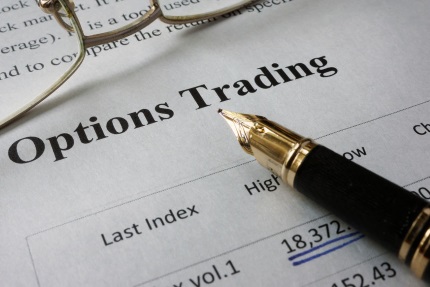You might think options trading requires you to commit to a decision about a stock up front: will the stock rise, or will it fall? But it is possible trade options even when you don’t know what direction the stock will ultimately move. A straddle is a way for you to you to play both sides of the fence.
With a straddle, you’re buying both a put and a call, with the exact same expiration date and strike price. The straddle becomes profitable when the underlying stock either rises or falls by more than the total premium paid to open the straddle.
Let’s break that down a bit more to make it easier.
Let’s assume that currently, stock ABC is trading at $15 a share.
Believing the stock could make a big move—but unsure whether that move will be up or down—you want to straddle the trade. You can do so by buying a put and a call on stock ABC. Now, let’s suppose a $15 call option for September traded at $2, or $2 x 100 share in a contract, which gives you a premium of $200 per single contract. Let’s also suppose a $15 put option had a price of $1, or $1 x $100, which equals $100 per contract. For you to profit from that straddle, the underlying stock would need to move more than $3 in one direction or the other, just as long as it moves. If not, you can be left with a dud trade.
As Options Playbook explains:
Many investors who use the long straddle will look for major news events that may cause the stock to make an abnormally large move. For example, they’ll consider running this strategy prior to an earnings announcement that might send the stock in either direction.
Once you get a hang of Options 101, and begin to play around with options, the options straddle becomes very easy.
If you’re new to options, practice on a simulation before using real money—and don’t be afraid to make mistakes. Even the most seasoned pros were once beginners.






